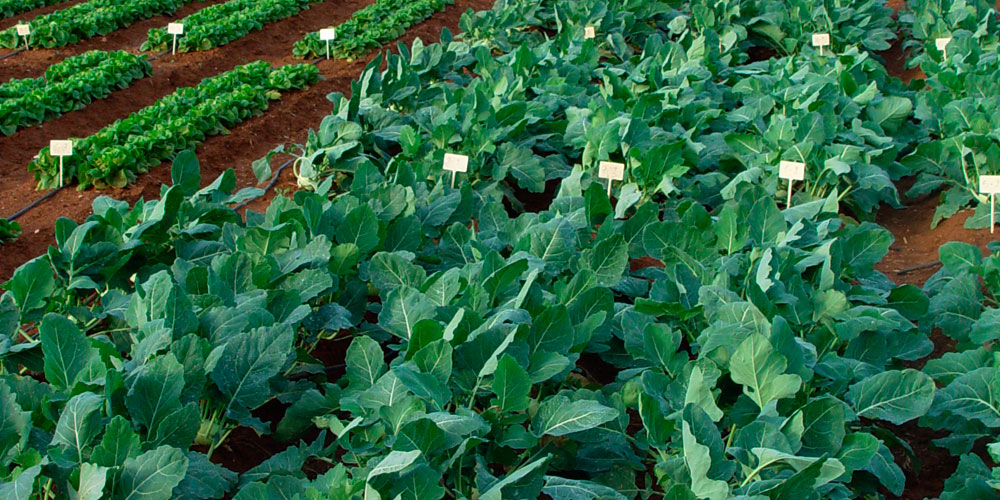In the intricate tapestry of agricultural nutrients, one element stands out for its remarkable and often underestimated impact: molybdenum. Known for its essential role in various biochemical processes, molybdenum plays a magic-like role in ensuring the health and productivity of crops. In this blog post, we will delve into the fascinating world of molybdenum and its transformative effects on agriculture.
The Role of Molybdenum in Plant Health
Molybdenum is a trace element that plants require in relatively small quantities but with significant consequences. This magical mineral is a crucial component of enzymes that participate in essential processes within plants. One such enzyme is nitrate reductase, which plays a key role in converting nitrates into ammonium during nitrogen assimilation. This process is fundamental for the synthesis of amino acids, the building blocks of proteins.
In the absence of adequate molybdenum, plants struggle to efficiently utilize nitrogen, leading to stunted growth, chlorosis (yellowing of leaves), and diminished overall health. By providing the magic touch needed for nitrogen metabolism, molybdenum ensures that plants thrive and reach their full potential.
Legumes and Nitrogen Fixation
The enchantment of molybdenum extends its influence to leguminous crops, such as peas, beans, and lentils. Legumes have a unique ability to form symbiotic relationships with nitrogen-fixing bacteria, allowing them to convert atmospheric nitrogen into a form that plants can use. Molybdenum is a key player in the functioning of the nitrogenase enzyme, which facilitates this magical nitrogen-fixing process.
Farmers cultivating legumes can harness the power of molybdenum to optimize nitrogen fixation, promoting healthier plants and enriching the soil with this essential nutrient. The result is not only improved crop yields but also enhanced soil fertility for future plantings.
Molybdenum Deficiency: Recognizing the Signs
Just like any magical element, molybdenum works wonders when present in the right amounts but can cause issues when deficient. Molybdenum deficiency manifests in various ways, including yellowing of older leaves, distorted leaf development, and reduced flowering. These symptoms may be mistaken for other nutrient deficiencies, highlighting the importance of soil testing and proactive nutrient management.
Farmers can employ soil tests to assess molybdenum levels and, if deficient, supplement the soil with molybdenum-containing fertilizers. This strategic approach ensures that crops have access to the magic they need for optimal growth and development.
Molybdenum's Influence on Human Nutrition
The magic of molybdenum extends beyond the fields and into our plates. While humans require only tiny amounts of molybdenum for optimal health, this trace element is essential for the functioning of enzymes involved in the metabolism of sulfur-containing amino acids. A diet that includes molybdenum-rich foods, such as legumes, whole grains, and leafy vegetables, ensures that we, too, benefit from the enchanting properties of this magical element.
In the enchanting world of agriculture, where every nutrient plays a role in the symphony of plant growth, molybdenum stands out as a magical element with transformative powers. From enhancing nitrogen metabolism to facilitating nitrogen fixation in legumes, molybdenum is an indispensable player in the quest for sustainable and bountiful harvests. By recognizing the magic of molybdenum and incorporating it into our agricultural practices, we can unlock the full potential of our crops and cultivate a future of thriving, healthy, and magically productive harvests.






Guest reviews
No reviews found for this Blog